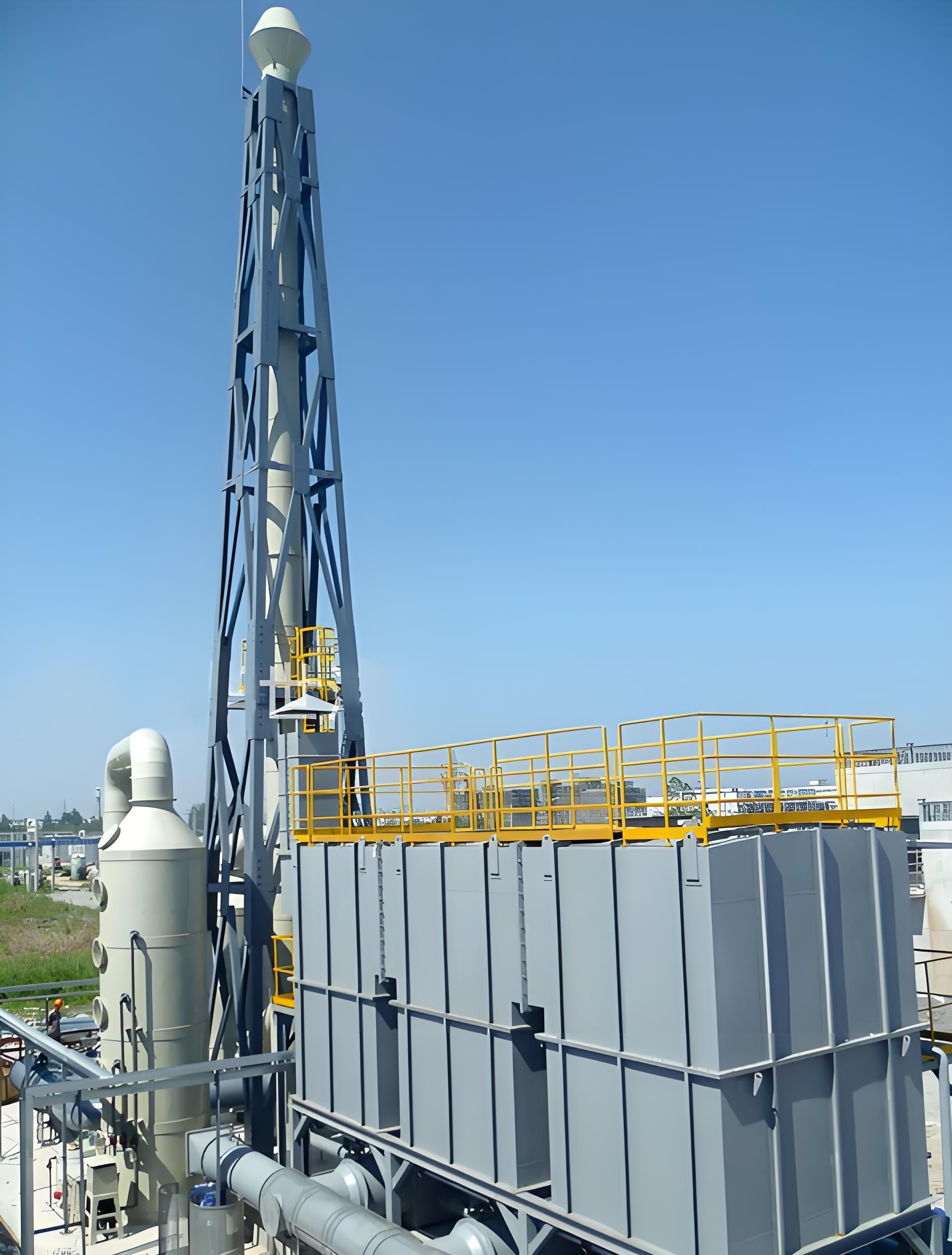Thermal insulation of waste gas incinerator

1. Construction Preparation
Before the insulation construction and installation of the waste gas incinerator, the professional team needs to conduct a comprehensive survey of the incinerator, including its structural characteristics, size specifications and surrounding environment, to ensure that the selection of insulation materials and the design scheme can be accurately matched. The selected insulation materials must have excellent high temperature resistance, low thermal conductivity and fire retardant properties, such as aluminum silicate fiber felt, rock wool, etc. At the same time, prepare the necessary construction tools and personal protective equipment to ensure construction safety and efficiency.
2.Insulation layer installation
Basic treatment : First, thoroughly clean the outer wall of the incinerator to remove impurities such as oil, rust, etc., and ensure that the insulation material can fit tightly to the furnace body.
Laying of insulation materials : Lay the insulation materials layer by layer on the outer wall of the incinerator according to the design drawings, and fix them with special insulation nails and high-temperature resistant glue. During the laying process, pay attention to the staggered overlap between each layer to reduce the thermal bridge effect and ensure the insulation effect.
Gap treatment : After the insulation layer is laid, all gaps should be sealed and filled with sealant or high-temperature resistant tape to prevent heat leakage.
3. Special parts treatment
For complex parts such as pipes and valves of the incinerator, custom-shaped insulation blocks are used or cut on site to fit the shape to ensure that the insulation layer can be fully covered without missing any areas. At the same time, special reinforcement treatment is carried out on vulnerable parts such as furnace doors to improve the durability of the insulation layer.
4. Construction Completion and Inspection
Appearance inspection : After the insulation layer is installed, conduct an appearance inspection to ensure that the surface is flat, undamaged, and has uniform color.
Quality acceptance : Invite relevant personnel to conduct quality acceptance, record relevant data, and ensure that the thickness, density and installation quality of the insulation layer meet the design requirements.
Safety protection : According to customer needs, a metal protective layer, such as aluminum plate, stainless steel plate, etc., can be installed outside the insulation layer to improve the durability and aesthetics of the insulation layer.
Site cleaning : After the construction is completed, clean up the site in time, remove excess insulation materials and construction tools, and keep the environment clean.
Recommended Products
Similar articles ranking
- Resistance furnace insulation
- Insulation of galvanizing production line
- Thermal insulation of waste gas incinerator
- Ladle cover insulation construction
- Heating furnace insulation
- Thermal insulation of hot blast stove
- Thermal engineering pipeline insulation
- Tunnel kiln insulation
- Trolley furnace insulation
- Construction and installation of fiber module
Latest News Articles
- Moisture absorption of aluminum silicate fiber cotton in air
- How to choose high quality ceramic fiber cotton
- Difference between aluminum silicate fiber cotton and spinneret cotton
- The role of steel fiber in ceramic fiber cotton
- How to judge the quality of aluminum silicate fiber cotton
- Formation technology of ordinary aluminum silicate fiber cotton
- Aluminum silicate fiber cotton is an ideal raw material for textile production
- Aluminum silicate fiber cotton is an ideal raw material for textile production
- Manufacturing process of aluminum silicate fiber cotton
- Factors affecting thermal conductivity of aluminum silicate fiber cotton



